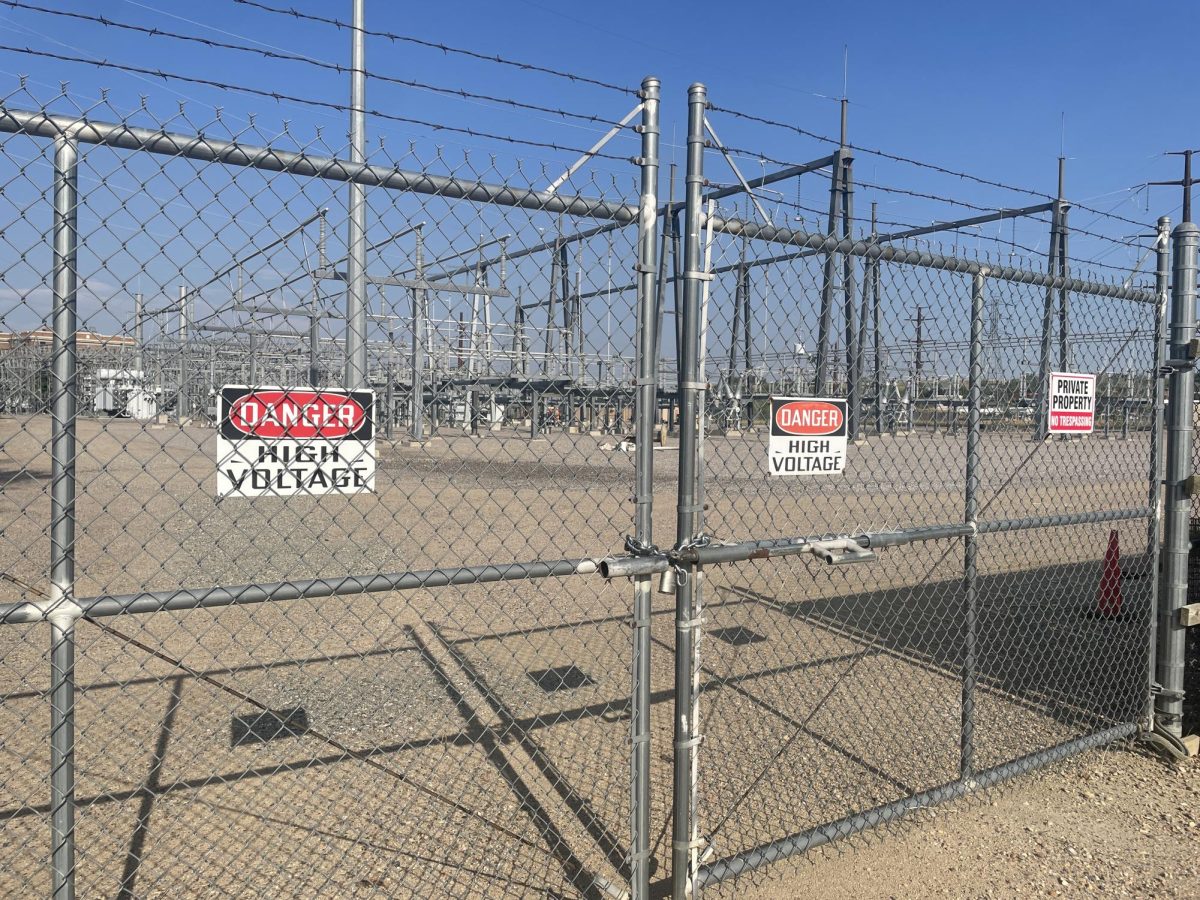Recently, it seems like everyone is using AI, whether it´s a student generating an essay for English class or a teacher using it for a back-to-school slideshow. As if to prove the point, while conducting research for this article, I couldn´t ask a question without Google immediately spitting out an AI overview.
In fact, upon recording a survey that over 200 BHS students took, I found that about 90% of the Boulder High student body has used AI before. In addition, 13% of the students reported using AI almost every day, and 26% reported using it one to two times a week. However, AI use hasn´t just gone rampant in high schools; it´s flourishing nationwide. According to Stanford University, 78% of US businesses reported using AI in 2024, which rose from 55% in 2023. Clearly, AI is rising significantly in various areas.
With this drastic increase in AI comes many new innovations, and just as many developing moral quandaries. Concerns about things like AI stealing art and human overdependency on robotics have become hot topics. However, the most pressing consequence of AI is its negative impact on the environment.
MIT reported that the electricity consumed while training an AI model is estimated to be about 1,287 megawatts, which generates about 552 tons of carbon dioxide. This is enough energy to power around 120 typical US homes for a year. Remember—that’s only one AI model. The total number of AI models is difficult to ascertain, but TechCrunch stated that there is a minimum of at least 1 million AI models ever created. That adds up to a significant amount of carbon emissions, to put it lightly.
However, the energy requirements of AI don´t stop at its production. According to MIT, a question asked on ChatGPT is estimated to take 5 times as much energy as if it were asked on a simple Google search.
With the combination of energy used for production and energy used for AI to continue to function, the development of AI is significantly impacting the environment. As a matter of fact, Rand.org stated that, ¨If exponential growth in chip supply continues, AI data centers will need 68 GW in total by 2027 — almost a doubling of global data center power requirements from 2022 and close to California’s 2022 total power capacity of 86 GW.¨
Although all AI use influences the environment, some tasks can be more harmful than others. One of these things is generative images, which uses a significantly higher amount of energy than a simpler task, like answering a question. Although different models vary, a single generative image can use the same amount of energy needed for half a smartphone charge (The Sustainable Agency). ACM Digital Library stated that generating images or videos is the most carbon-intensive job AI can complete by a long shot. Considering how much of a resource drain AI-generated images are, they are surprisingly common. In the same BHS survey I mentioned earlier, over 70% of the 216 students reported previous use of AI images, and 29.6% reported having used it more than a couple of times.
Of course, AI can have benefits, and its convenience is surely tempting, especially for a high school student with a never-ending to-do list. I would be lying if I said I didn´t use AI from time to time. However, with AI being so harmful for the planet, it is important to be selective with its use. So next time you´re feeling stressed about an assignment and are tempted to turn to AI, remember that you risk more than just disappointing your teacher; you are also risking the environment.



